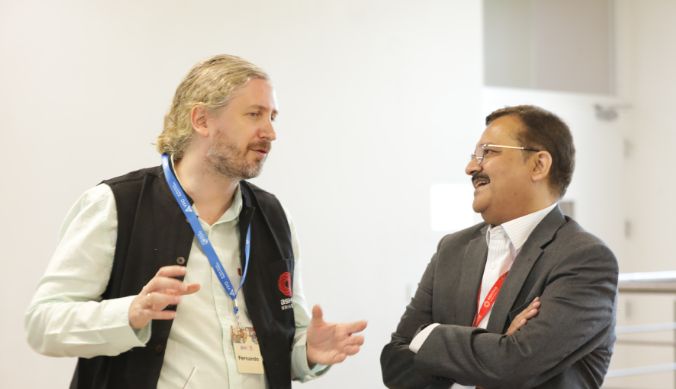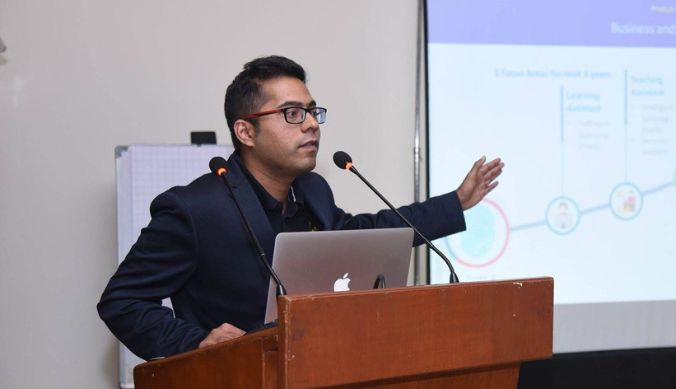Love in the time of Critical Thinking
Madhavi Menon, an English Professor at Ashoka, explores the dynamics and nuances of love across geographical boundaries and different centuries. If Critical Thinking is the norm in the university how can ‘love’ be left behind by the critical thinkers

Office of PR & Communications
20 January, 2021 | 4 min readWe have all grown up on tales about love. From Amar Chitra Kathas to Mills and Boon novels, from oral narratives to TV soaps, our experience of love has spanned mythology and romance, subterfuge and openness, history and drama. But across all these borders, we have remained remarkably constant in what we think about love. We insist that “Love makes the world go round,” and even more, that it always has.
But what are we speaking about when we speak about love? Which love? Whose? For whom? When? Why? Whichever way we think about it, what is fascinating about love is that there is so much history around it, so much literature about it, so much politics in its name, so many laws that legislate it, so much philosophy generated by it, so many social formations affected by it – no matter what love is, the one thing it is not is single or singular. If we want to think about love in a nuanced manner, then, we need to borrow from multiple perspectives, from different walks of life, from many disciplines, and from various cultures. “Love is not love,” William Shakespeare says in Sonnet 116, and in this case, he is exactly right.
Love is not love because like all seeming monoliths, it is actually influenced by a host of accounts, stories, and narratives, all of which have mutated over time to form our ideas both about what love is and is not. For instance, for a Sociologist, love has nothing to do with developing the family unit, which depends on marriage and kinship structures. This is a huge blow to our notion of marriage needing to be based on love since as a means of forging kinship, marriage can very well take place without love. Similarly, a knowledge of the history of love shows that mutual romantic love is a relatively recent production, perhaps dating back only 250 years or so. Before then, love tended to be either religious or unattainable; indeed, the less attainable someone was, the more love flourished in the form of desire.
Going back even further to the Greeks, for Plato, the highest form of love was that of the Forms – an immaterial ideal. But one rung below that was love between men. Male homosexuality was widely regarded as the most respectable form of love for the Greeks – it was also educational because the ideal romantic relationships were pedagogical ones. How does such a notion affect how we think about love and education today?
Historically closer in the 18th century, the great Economist, Thomas Malthus, was alarmed by love because he thought it would lead to more romantic attachments, which in turn would produce more children, drive up the population, and deplete the already scarce resources in the world. Can you imagine how he would have responded to our glorification of love today, with the world’s population having exceeded 6 billion people?! As for political scientists like Machiavelli, love is never to be trusted in the pursuit of power; instead, his favoured human emotion was fear.
All that this briefest of brief sketches demonstrates is that love is not a monolith. It is influenced by several currents of thought that range across times, cultures, and subjects. To think critically about love therefore necessitates wide rather than narrow knowledge, breadth rather than single-mindedness. Love in the time of Critical Thinking can best be approached by critical thinkers.













